Tsunami Pavilion
Post Disaster Rebuilding / Minami Sanriku-cho JAPAN / Design Acts
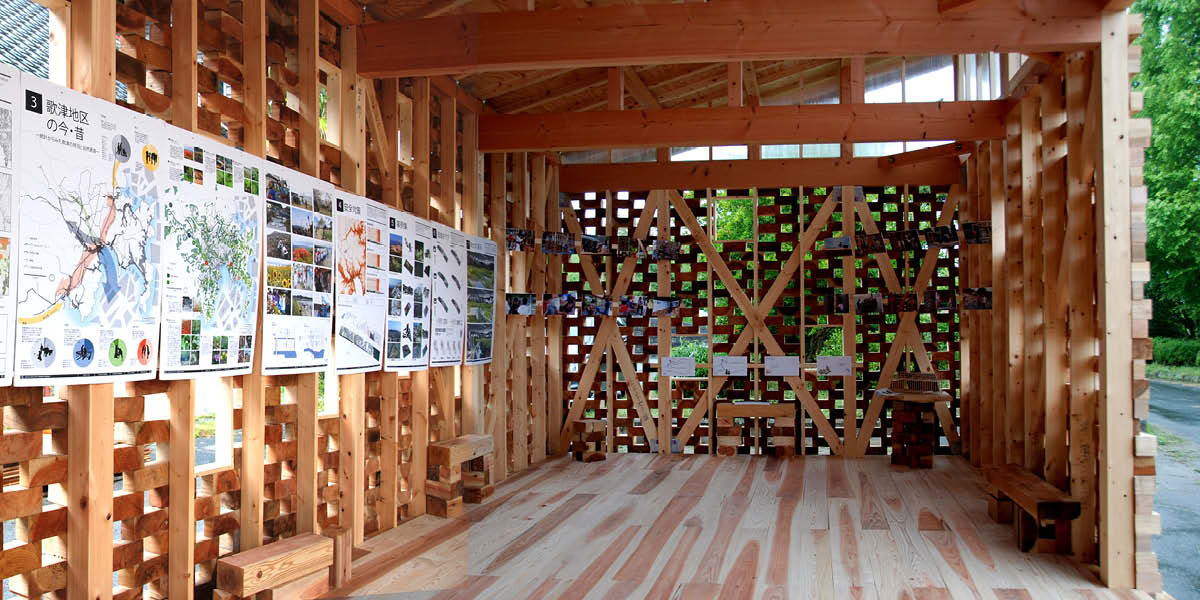
Community pavilion with planning strategy boards
The March 11 2011 earthquake and tsunami devastated the coastal areas of Minami Sanriku-cho, Miyagi Prefecture. 70% of the town’s buildings were destroyed. Three months later, 4,485 evacuees continue to live in evacuation centers while waiting for the limited slots in housing camps. The government estimated that people will be living in these temporary camps for 2-3 years.
In the Utatsu district of Minami Sanriku-cho, the Isatomae camps on the elementary and middle school grounds have been built consisting of 60+ units, built in rows 4 m. apart. Households of four people have been allocated an extremely compact average space of 15 m2. Evacuees from the entire town have been assigned housing by lottery, without regard to keeping any existing communal ties intact. Unlike other temporary housing facilities, the Isatomae camps have no communal spaces. Given these living conditions, feelings of social isolation within crowded conditions can compound the trauma and loss brought about by the disaster. For example, after the Kobe Earthquake of 1995, there were many reports of elderly residents of temporary housing camps dying in isolation. A sense of community is a pressing need for these residents, many of whom are elderly.
Under the direction of Miho Mazereeuw, a team of architecture, landscape, and planning graduate students and faculty from Harvard, Miyagi, and Keio Universities along with local NPOs and members of the community designed and built a community center in order to minimize the psychological toll of living in this restrictive environment. The range of targeted amenities for the project included a reading lounge, cafe, and meeting space. This was a space the community can call their own: a place to socialize, read, gather, connect, interact, and plan their future.
As the residential camps occupied part of Utatsu Middle School’s athletic grounds, the community center included much-needed storage space for baseball equipment. Sports was one of the few activities to help bring back normalcy to the student’s lives. The structure not only faciliated such activities, but also helped foster interaction between the residential community and the school children.
Almost all labor was voluntary, with some funds budgeted to employ local carpenters and contractors. Based on evidence from past reconstruction processes, a collaborative approach was emphasized in which our team worked with the communities, local government and NPOs in Minami Sanriku-cho.
The overall objective was to help rebuild livelihoods by improving communal spaces for daily living. It was, and continues to be, our hope that Minami Sanriku-cho will once again become a bustling town of international stature exemplifying resilience and fortitude.
Media:
Shinkenchiku (Tokyo: Fuji Shuppan, December, 2011)
Harvard Gazette: "Travel, By Design" (October 3, 2011)
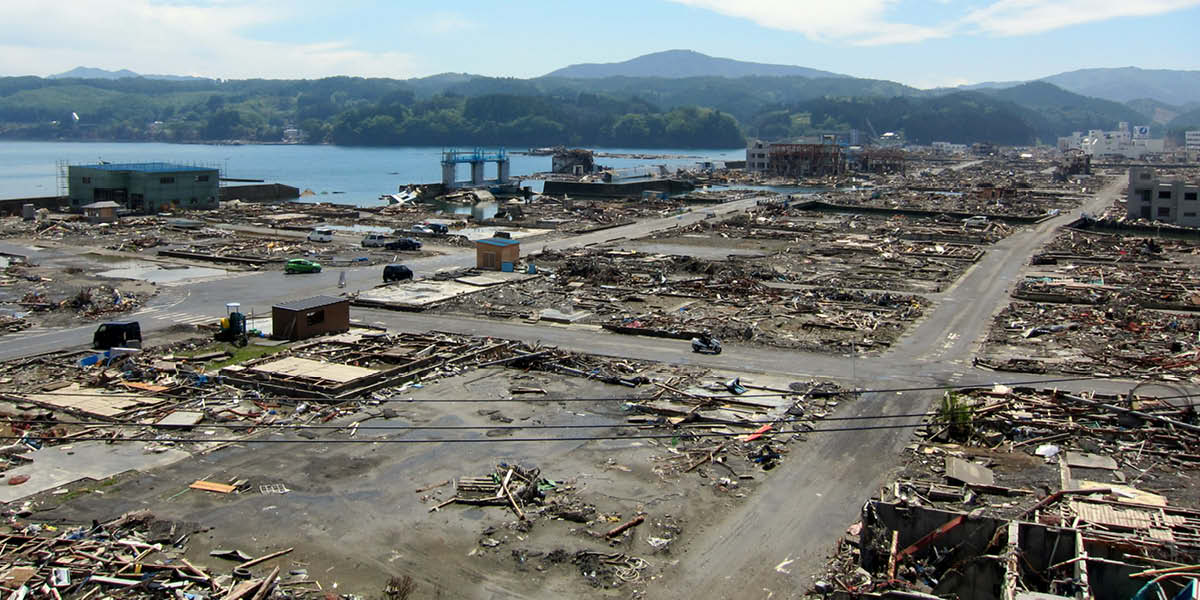
Minami Sanriku-cho after the 311 Tohoku earthquake and tsunami, June 2011
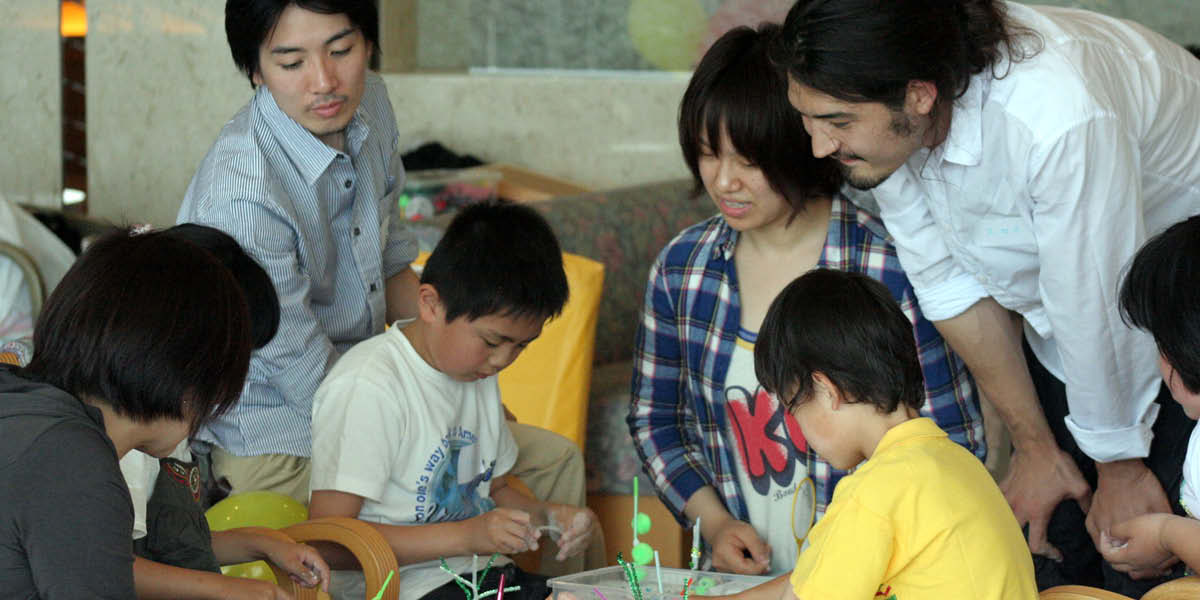
Engaging the community
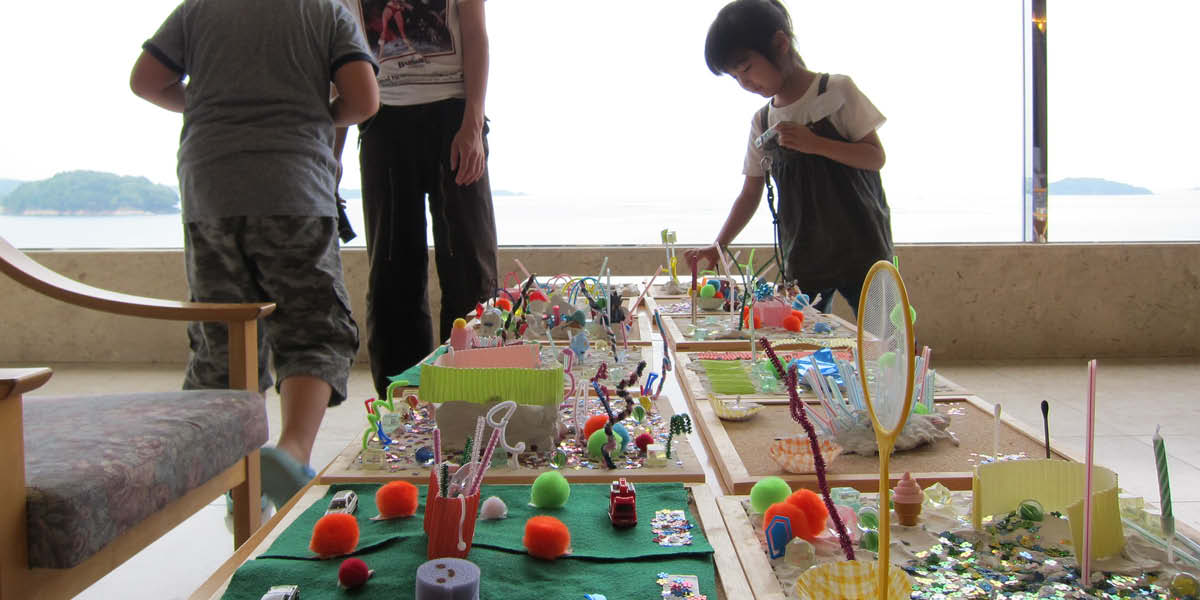
Imagining Your Ideal Town workshop
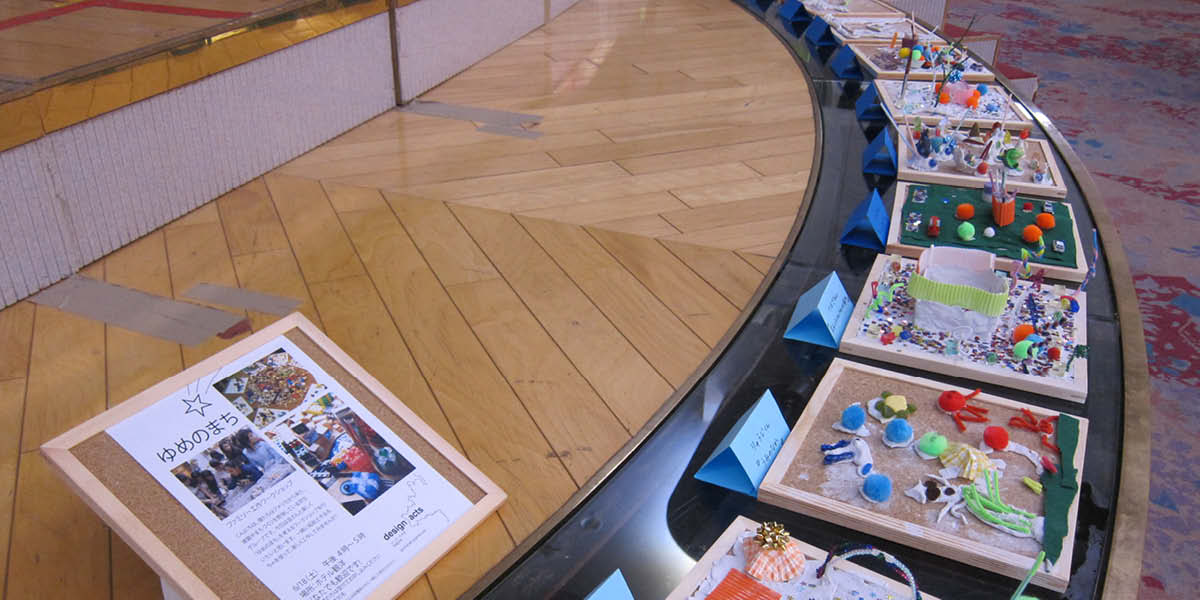
Results of Imagining Your Ideal Town workshop displayed in a hotel converted to a shelter
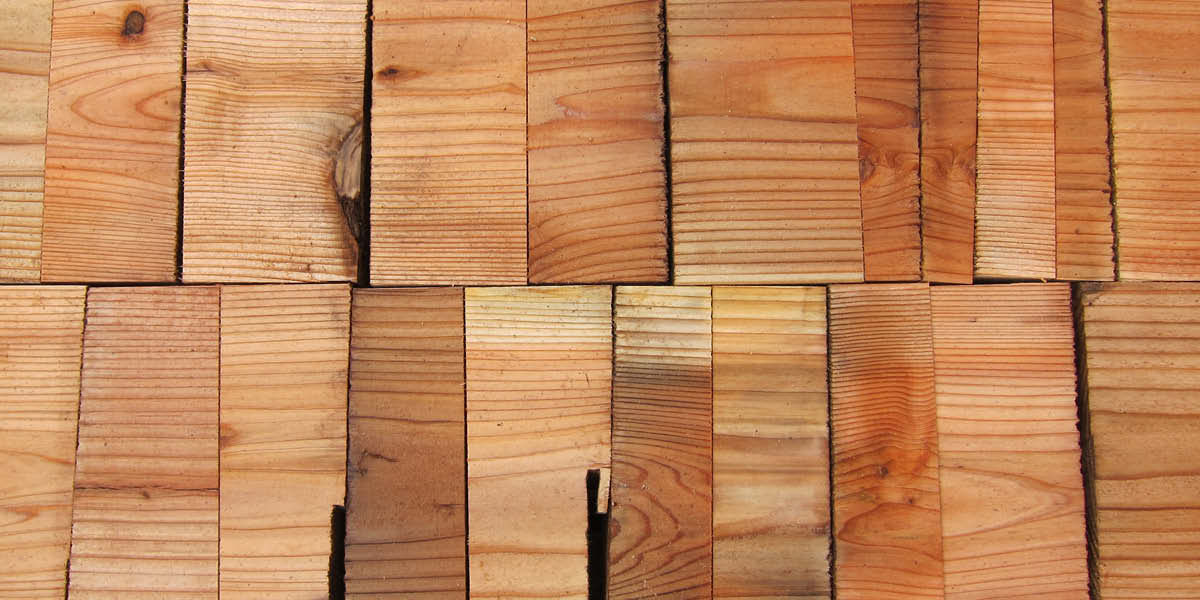
Salvaging leftover wood bricks in response to the scarcity of building materials
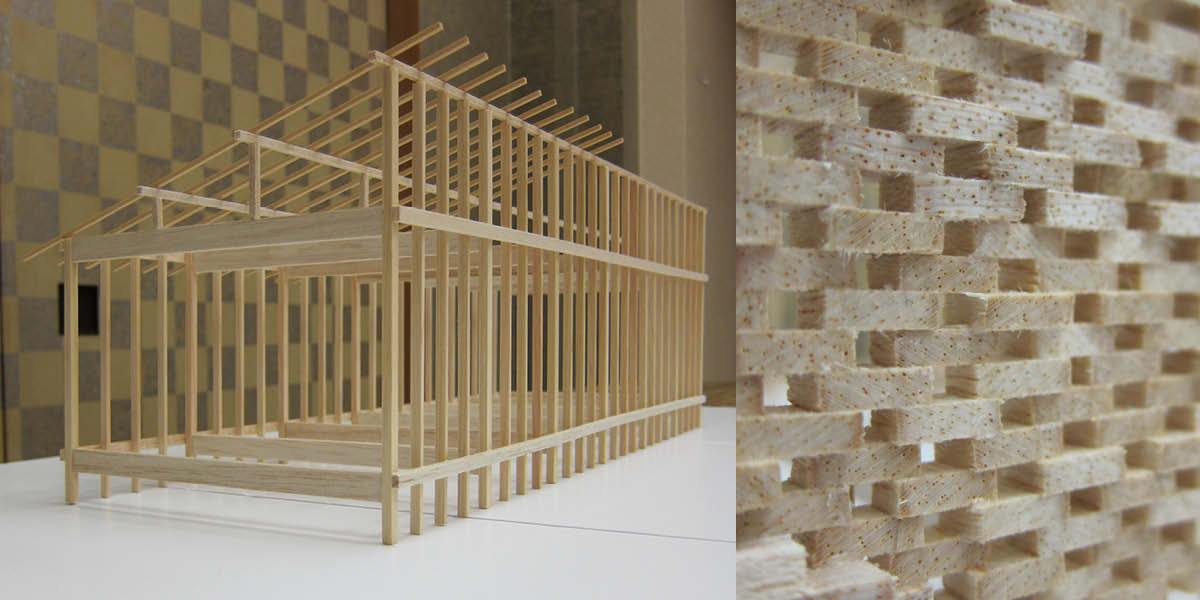
Model of community pavilion using wood bricks
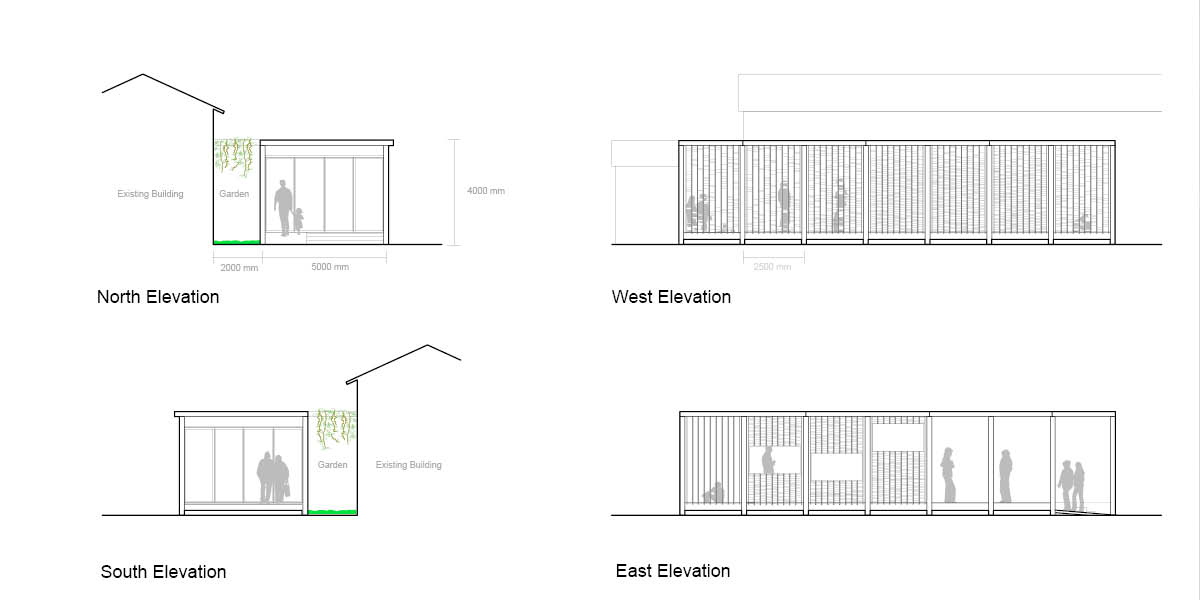
Elevations of proposed community pavilion;
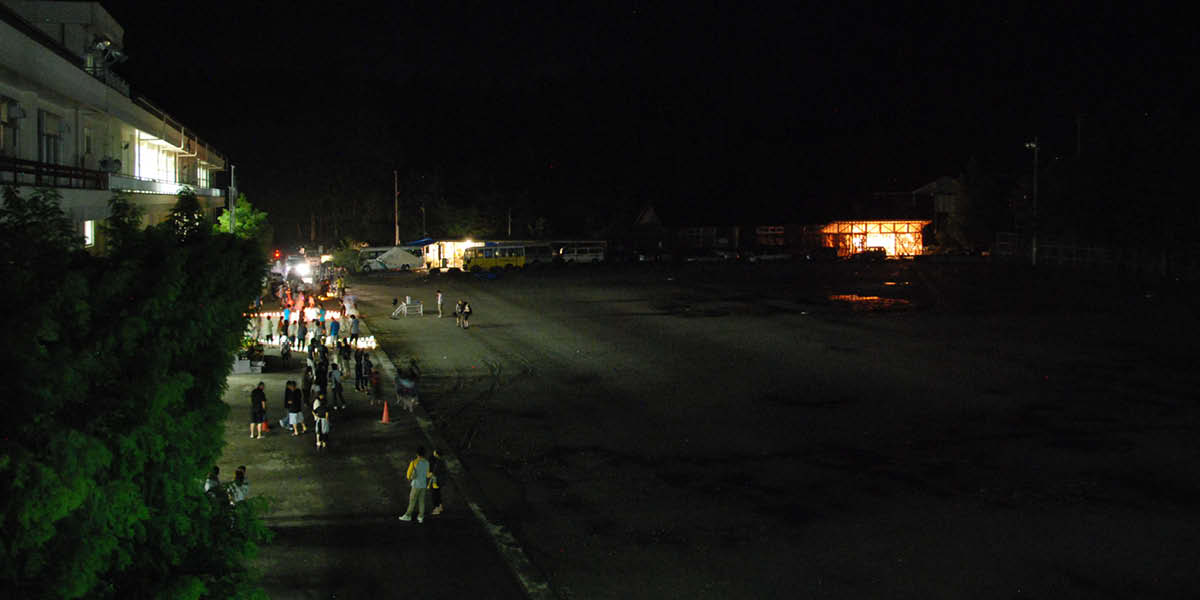
Community pavilion at night during a festival
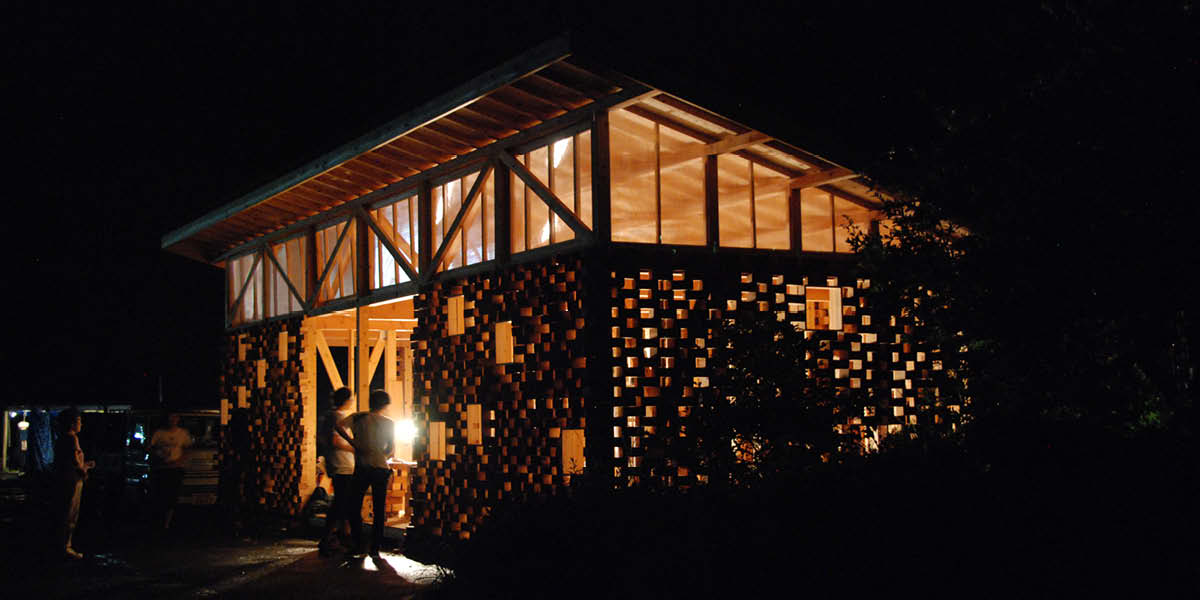
Community pavilion at night